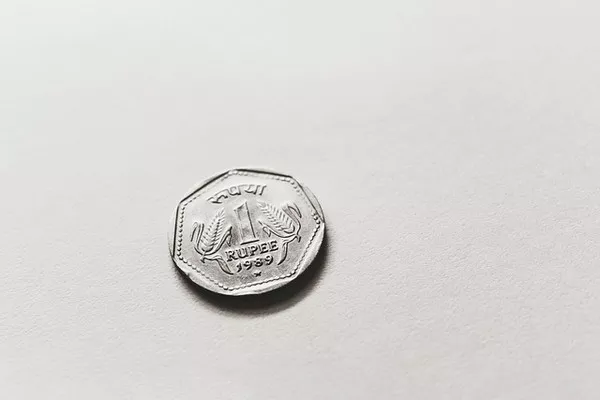India’s currency system is a vibrant and diverse landscape that includes banknotes and coins of various denominations. While banknotes are more commonly associated with currency, coins play an essential role in the daily lives of Indians. In this article, we will explore the presence, significance, and various denominations of coins in circulation in India.
The Role of Coins in India’s Currency System
Coins are an integral part of India’s currency system, and they serve several important functions:
Small Transactions: Coins are primarily used for small-value transactions. They are a convenient means of exchanging small amounts of money for goods and services, such as purchasing snacks, paying for public transportation, or giving change.
Financial Inclusion: Coins are essential for ensuring financial inclusion. They allow people from all walks of life to participate in the economy, even when they have limited access to banknotes and digital payment methods.
Collectibles: Coins also hold cultural and numismatic value. Many people collect coins as a hobby or for their historical and aesthetic significance. India has a rich history of coinage, and some coins are highly sought after by collectors.
Common Coin Denominations in India
As of my last knowledge update in January 2022, India has several coin denominations in circulation, each with its own design and characteristics. Here are the common coin denominations:
1. ₹1 Coin: The ₹1 coin, also known as a “One Rupee” coin, is one of the most widely used denominations for small transactions. It features the national emblem of India, the Ashoka Chakra, on one side, and the numeral “1” and the word “Rupee” in various Indian languages on the other side.
2. ₹2 Coin: The ₹2 coin is slightly larger than the ₹1 coin and is used for transactions that require a higher value. It typically features the Ashoka Chakra on one side and various cultural or historical symbols on the reverse side.
3. ₹5 Coin: The ₹5 coin is larger and heavier, making it suitable for transactions of greater value. It often features prominent Indian personalities, historical monuments, or cultural symbols on the reverse side.
4. ₹10 Coin: The ₹10 coin is the highest denomination coin in circulation in India. It is larger and heavier than the ₹5 coin. The design on the reverse side of ₹10 coins typically changes periodically and may feature various themes.
5. 50 Paise Coin: The 50 paise coin, also referred to as a “half Rupee,” is smaller in size and value. It is less common in modern transactions but is still considered legal tender.
6. 25 Paise Coin: The 25 paise coin, also known as a “quarter Rupee,” has become increasingly rare and is seldom encountered in everyday transactions. It bears a lesser value than the other denominations.
Changing Coin Designs
One interesting aspect of Indian coins is that their designs change periodically. The Reserve Bank of India (RBI) and the Indian government release new coin designs to commemorate historical events, celebrate cultural diversity, and honor prominent figures. These changes keep the coinage system fresh and reflective of India’s dynamic culture.
Collecting Indian Coins
Coin collecting, or numismatics, is a popular hobby in India. Many collectors actively seek out coins with unique designs, historical significance, or minting errors. Rare and antique Indian coins often command high values in the collector’s market. As a result, some people choose to collect coins as a way to connect with India’s rich history and culture.
Challenges and Future of Coin Usage
While coins continue to be an essential part of India’s currency system, there are challenges associated with their usage. The rise of digital payment methods, including mobile wallets and online banking, has led to a reduced reliance on physical currency, including coins. Smaller denomination coins like 50 paise and 25 paise are becoming scarcer in everyday transactions.
However, the cultural and historical significance of coins ensures their continued presence in India. Moreover, coins are indispensable for certain types of transactions, such as those involving street vendors, public transportation, and small businesses.
Conclusion
In conclusion, coins remain an important component of India’s currency system, serving various purposes in daily life and as collectors’ items. Their diverse designs and historical value make them an integral part of India’s rich cultural heritage. As India’s economy and payment systems continue to evolve, coins will continue to play a vital role in everyday transactions and preserving the nation’s history.


